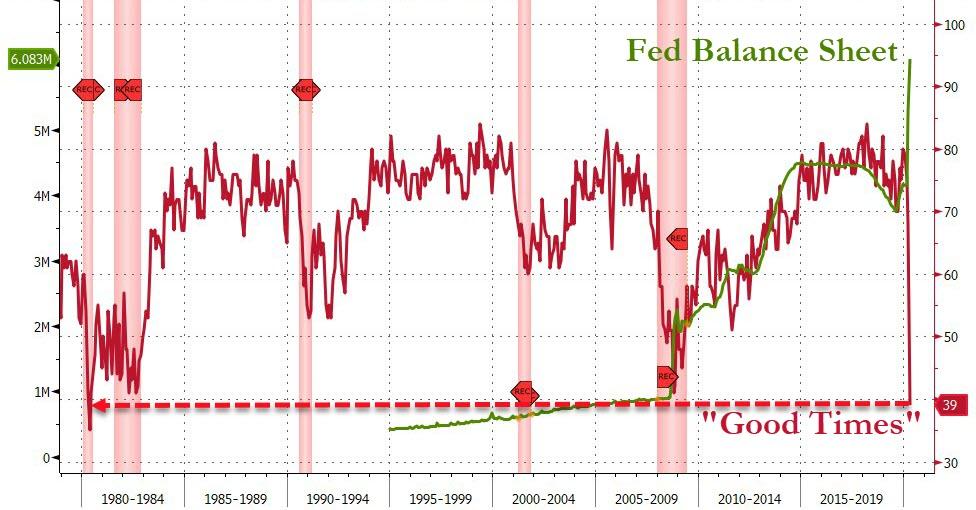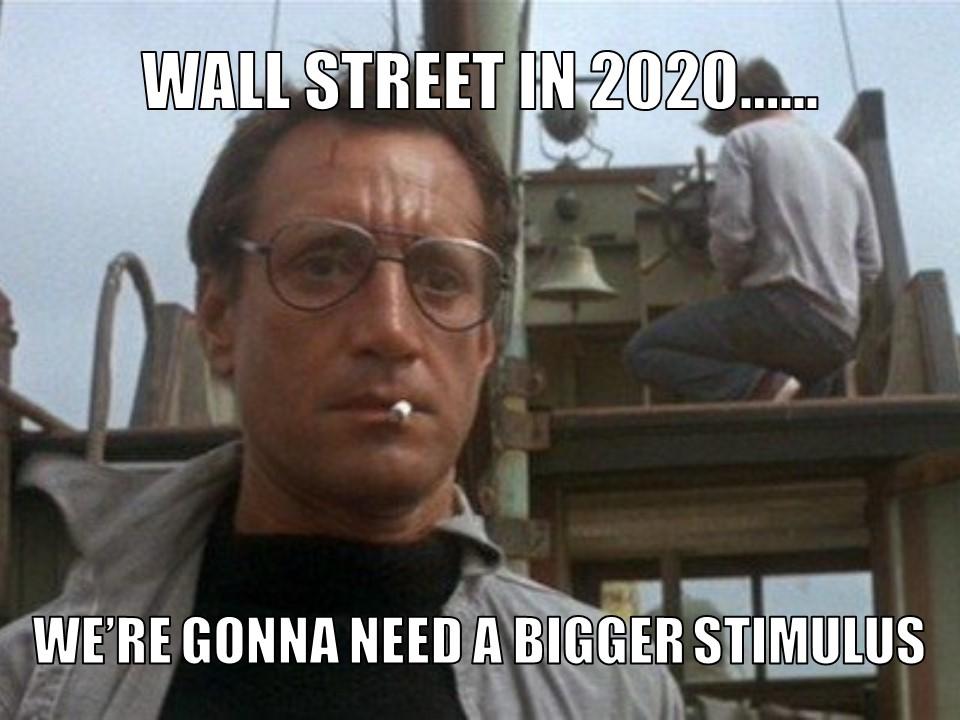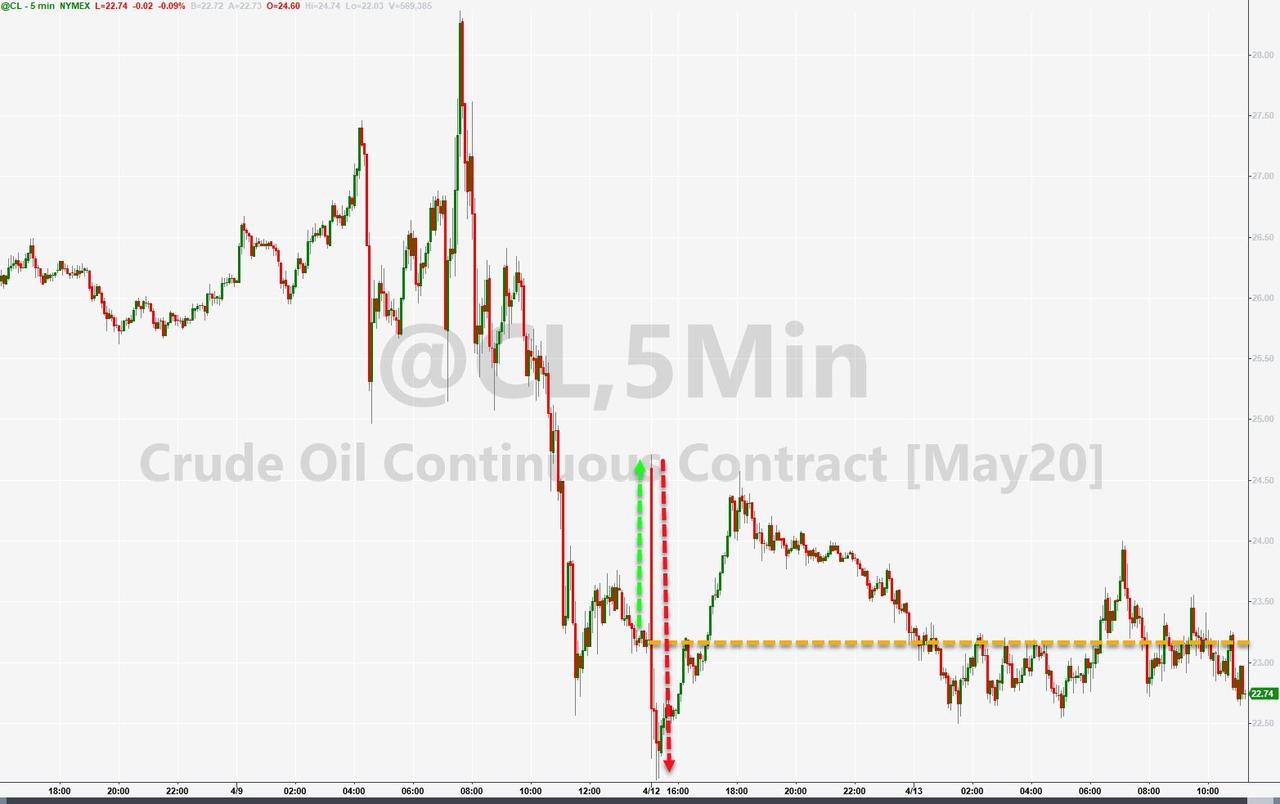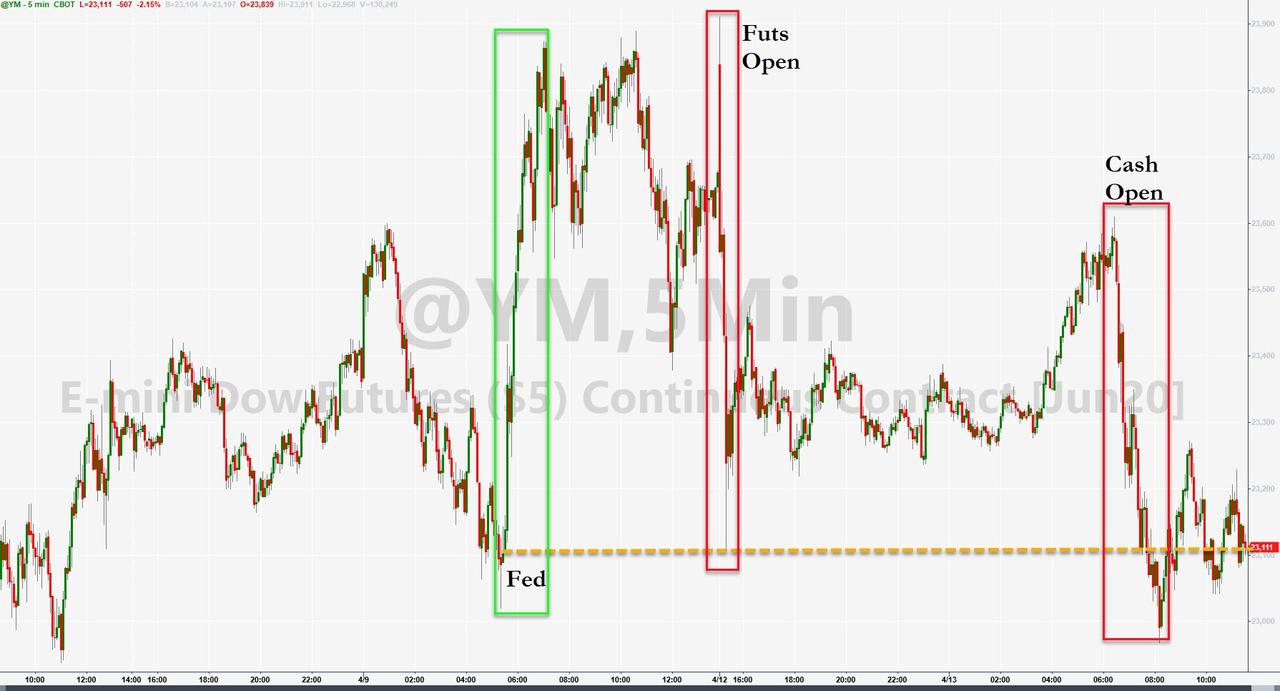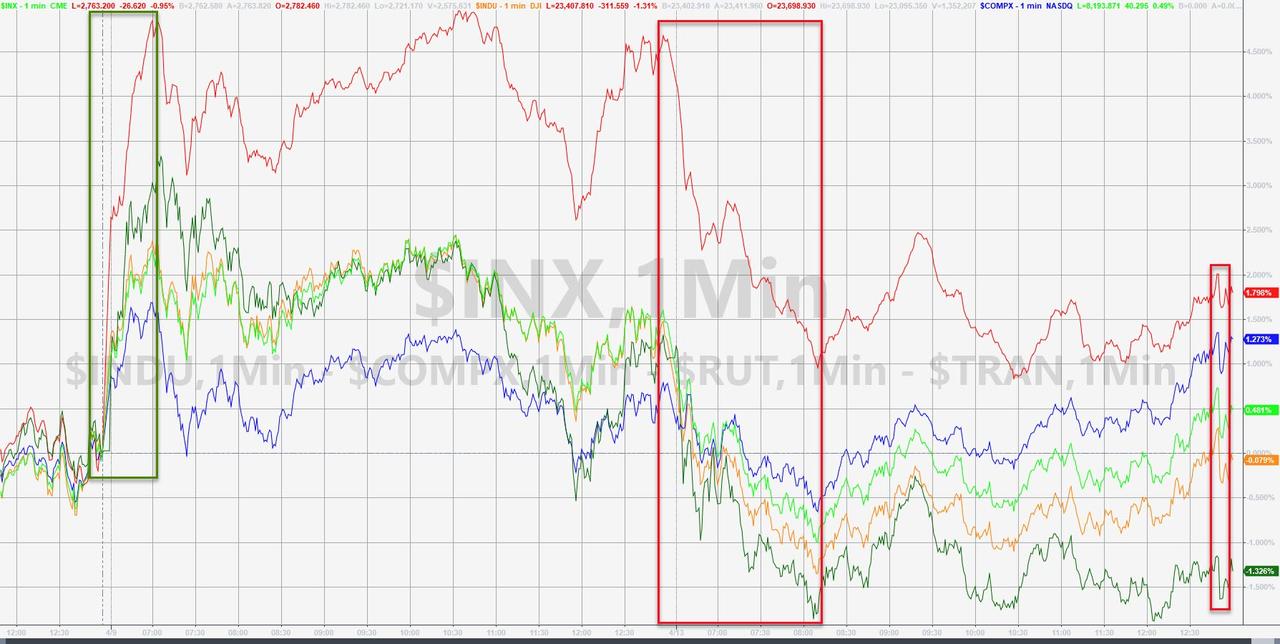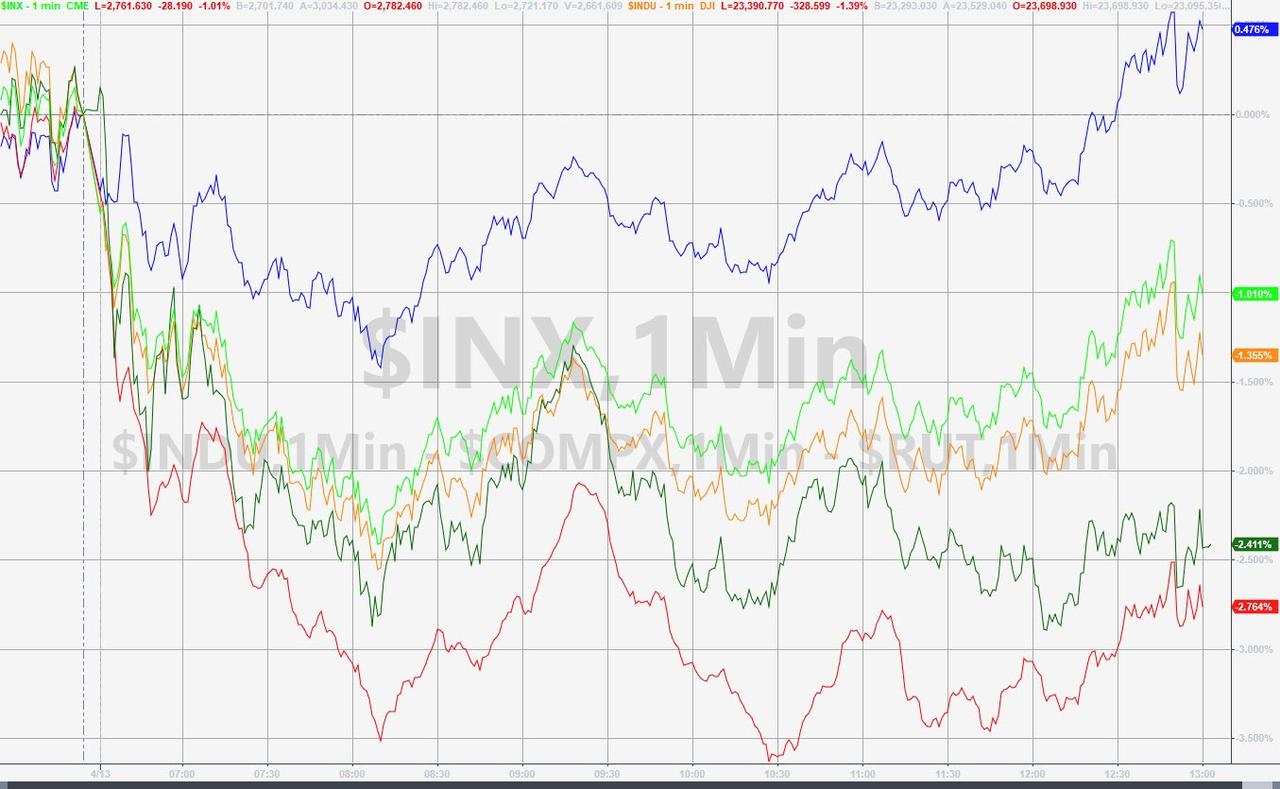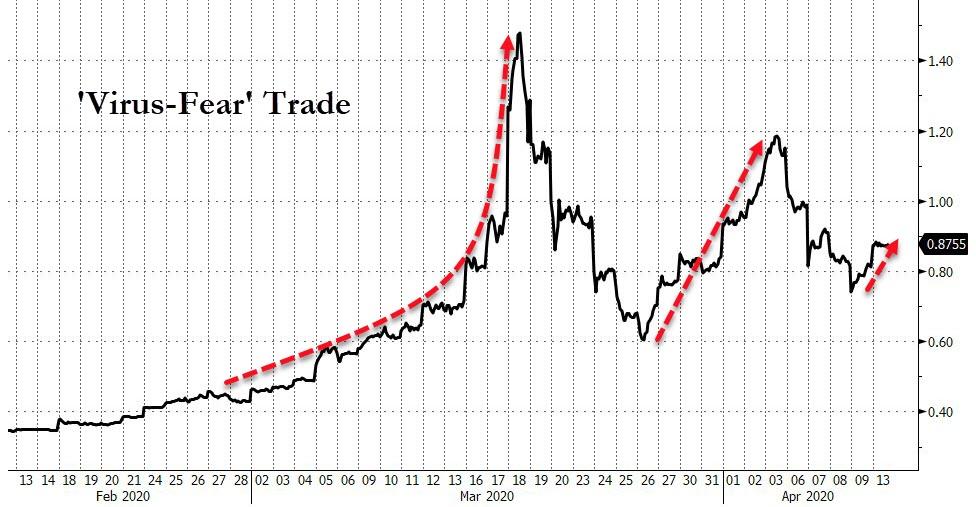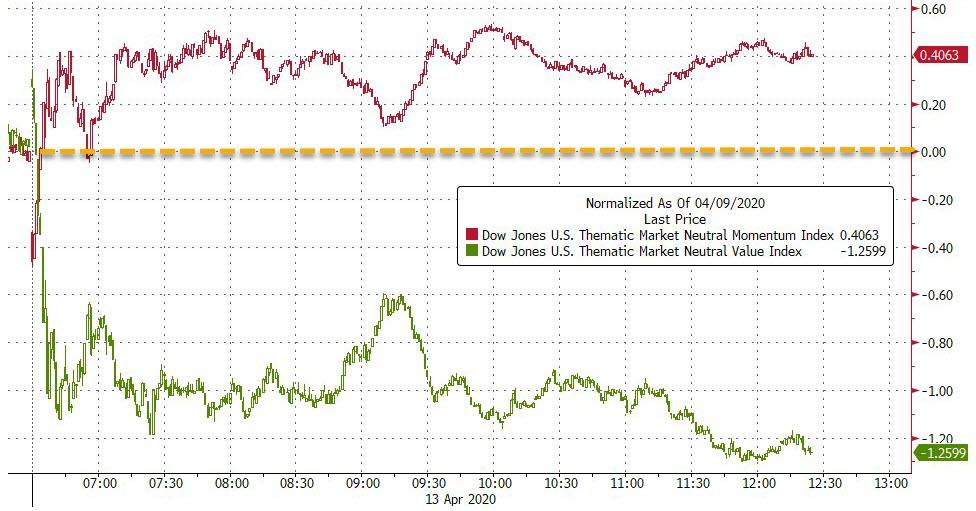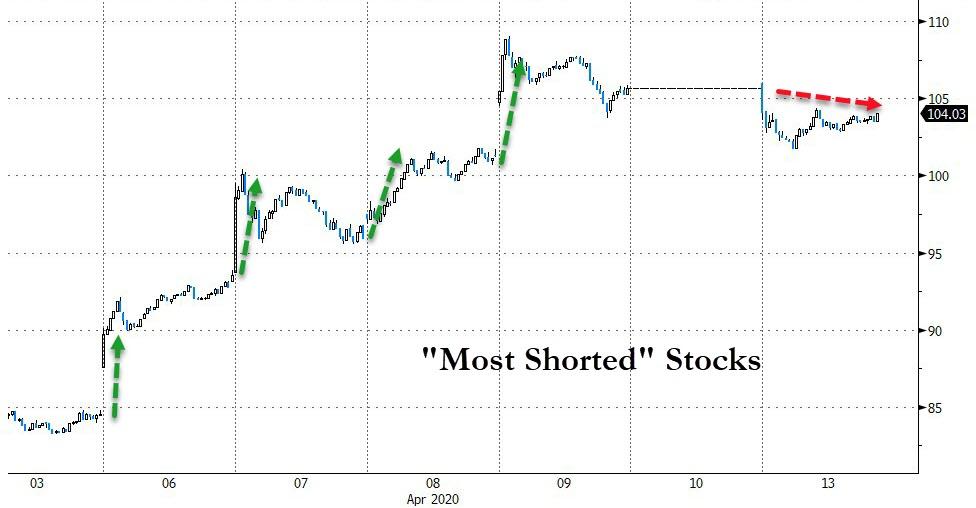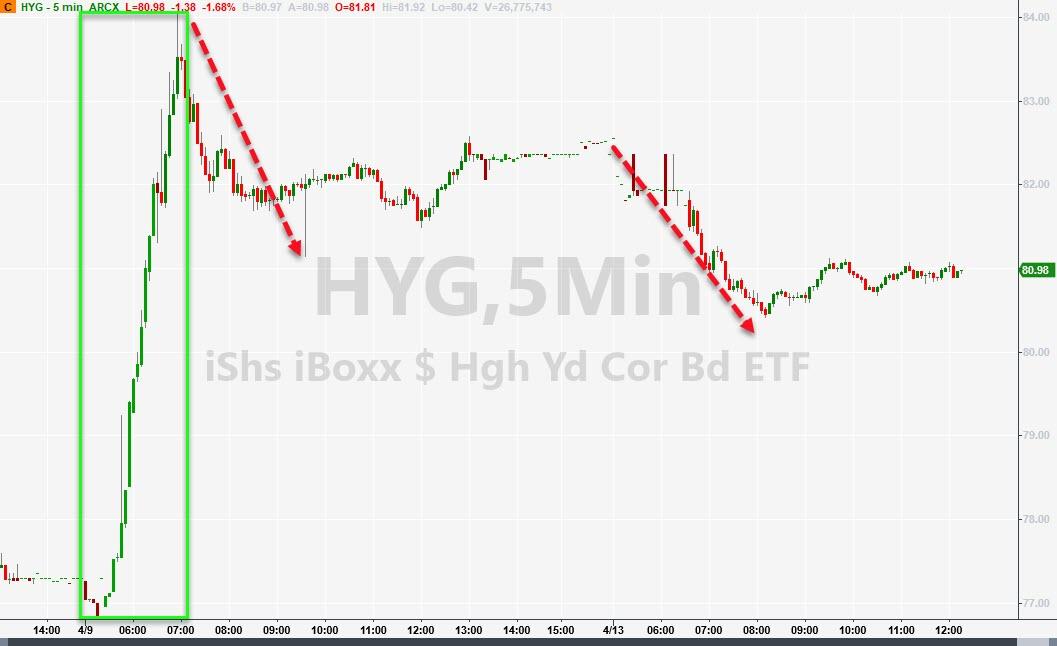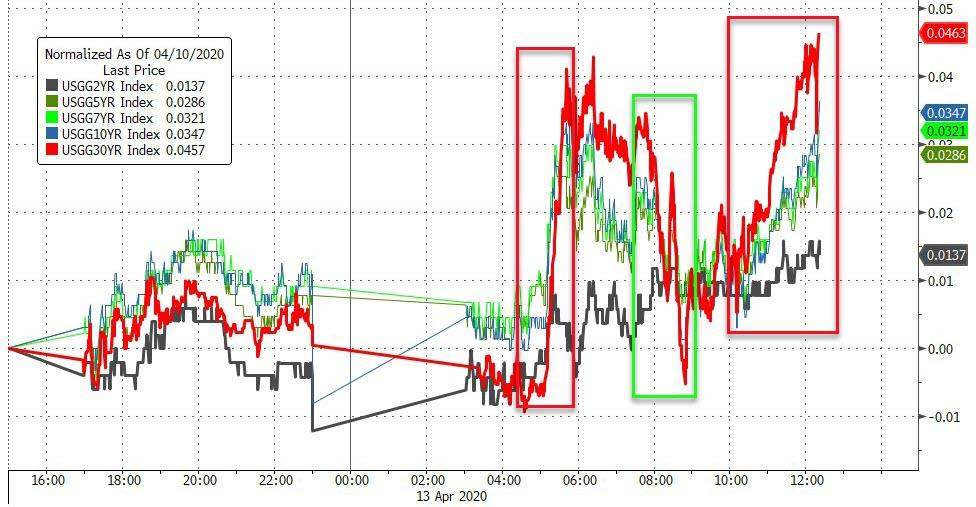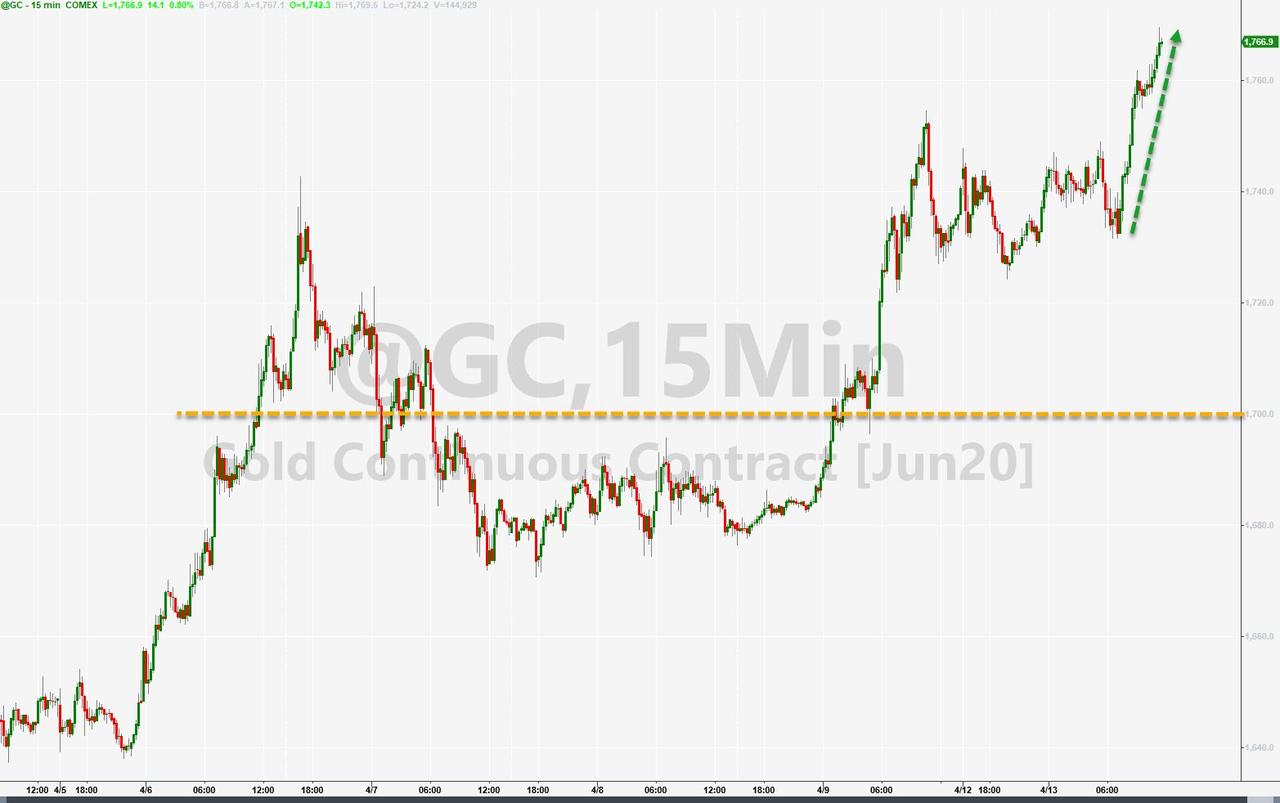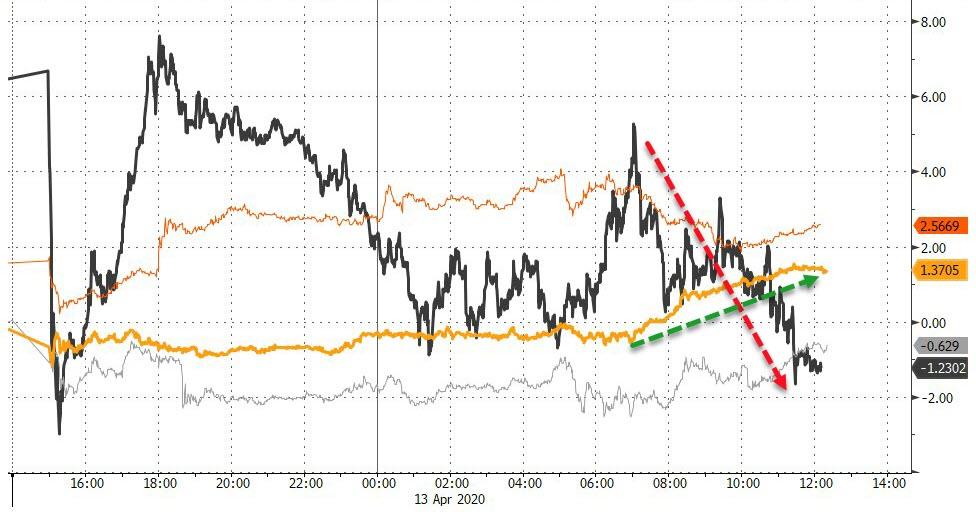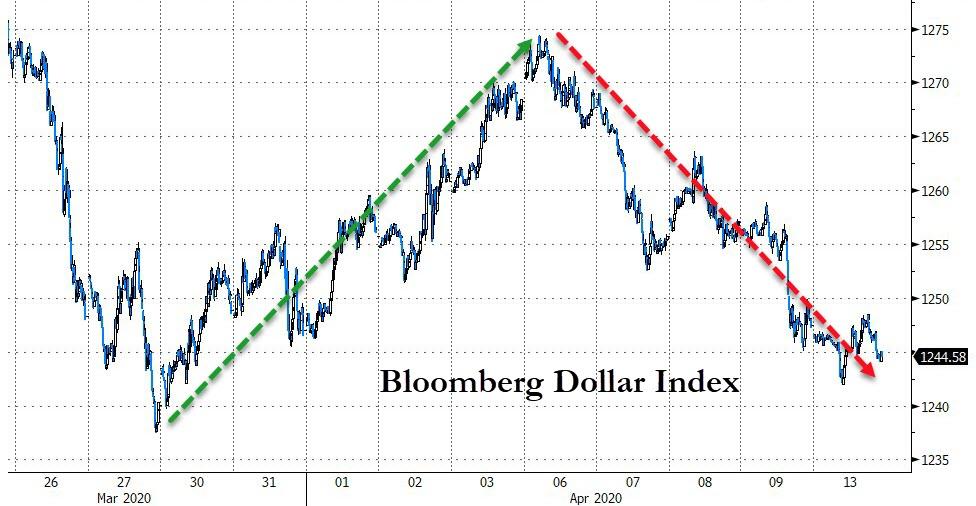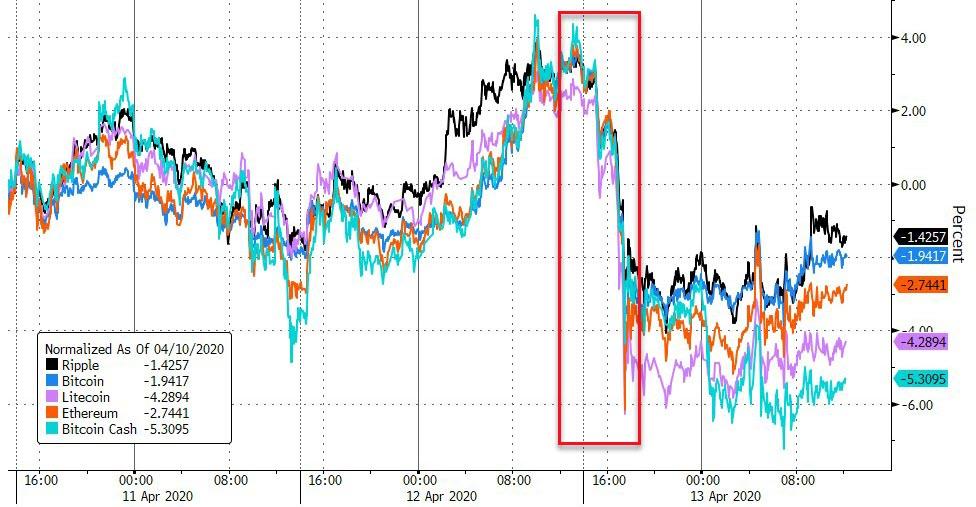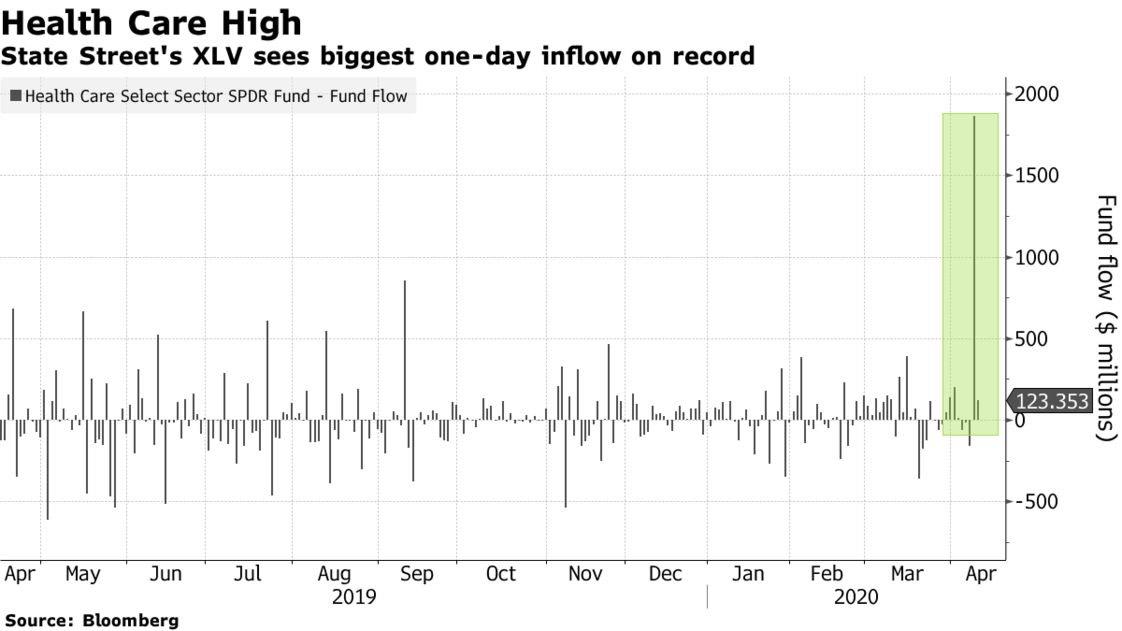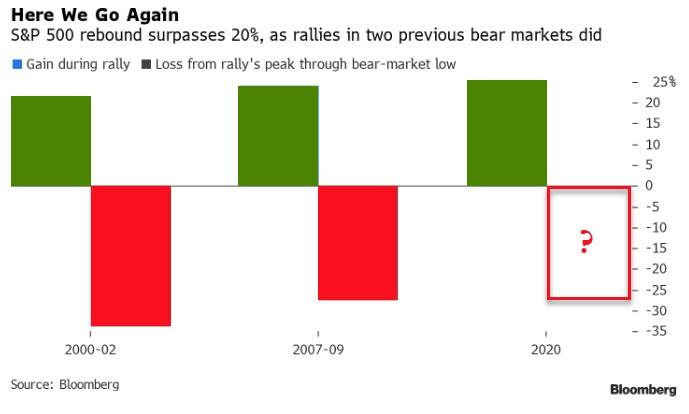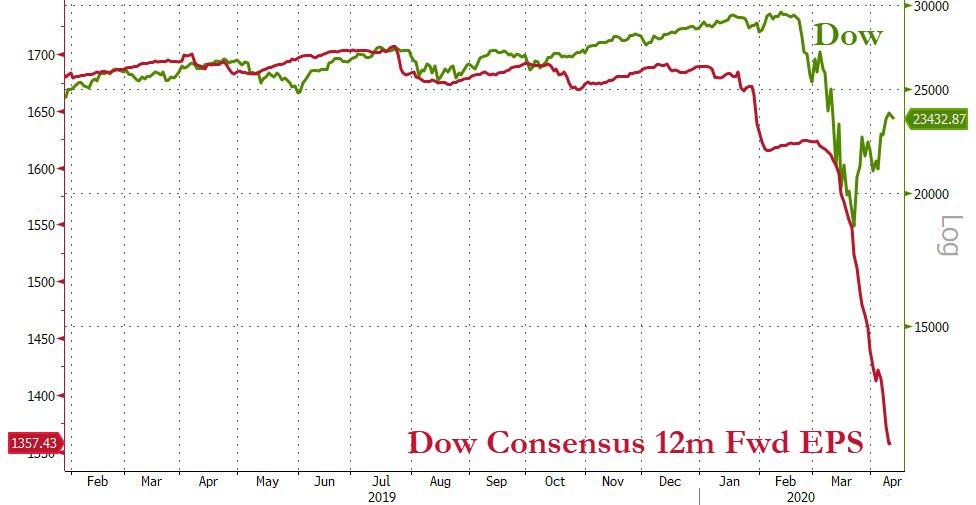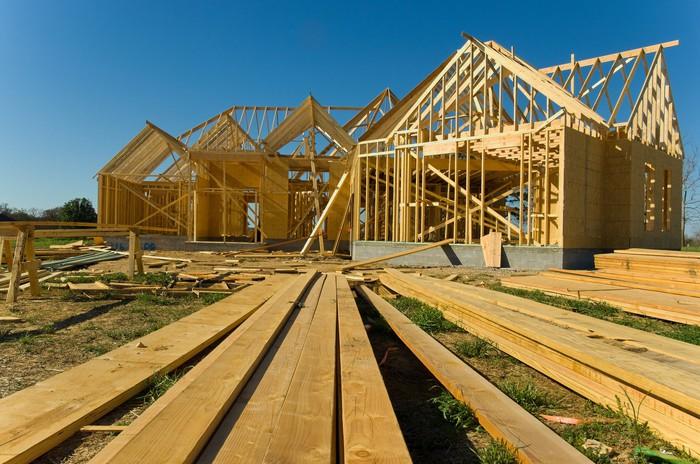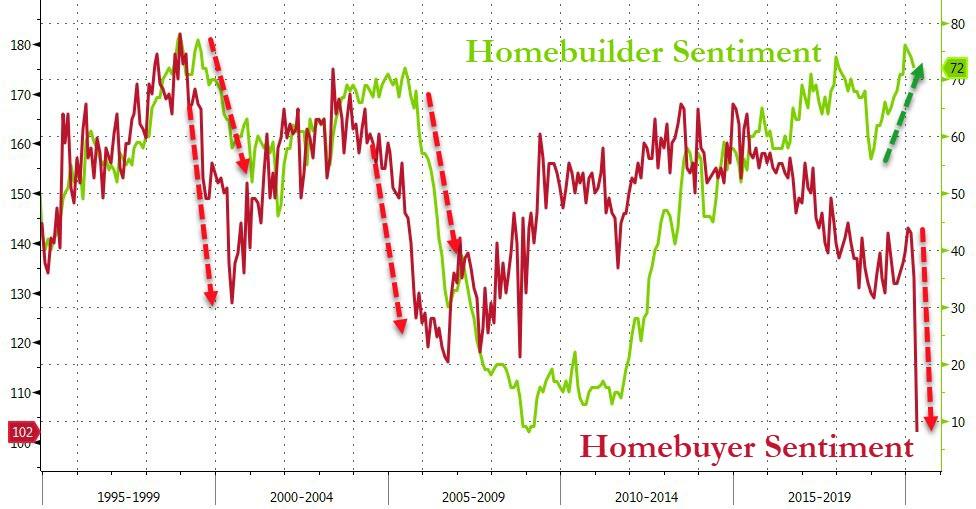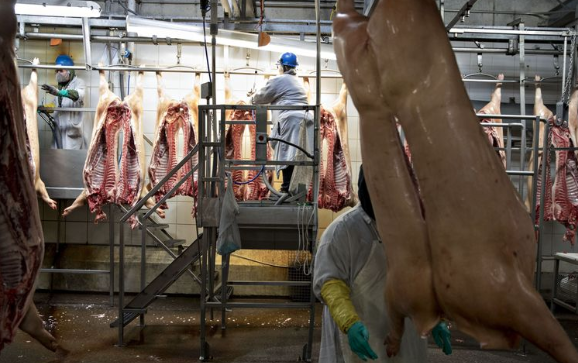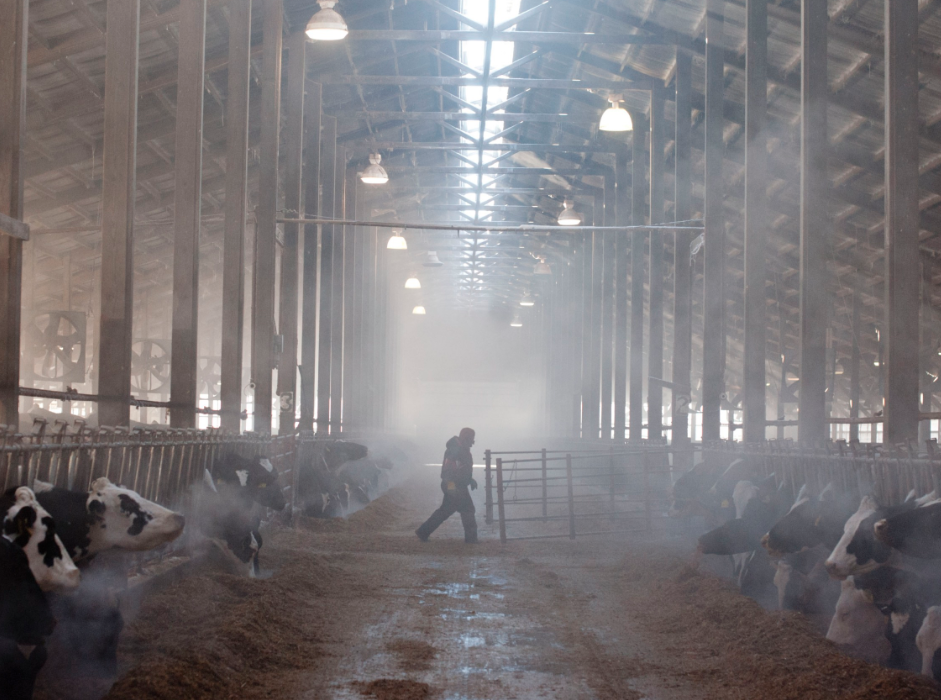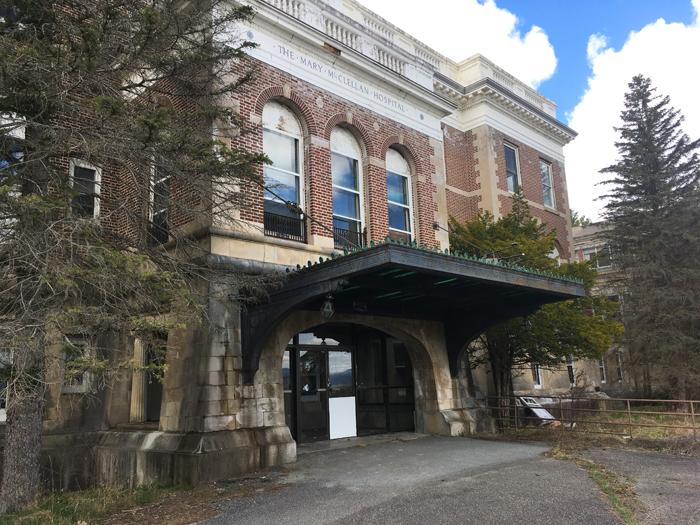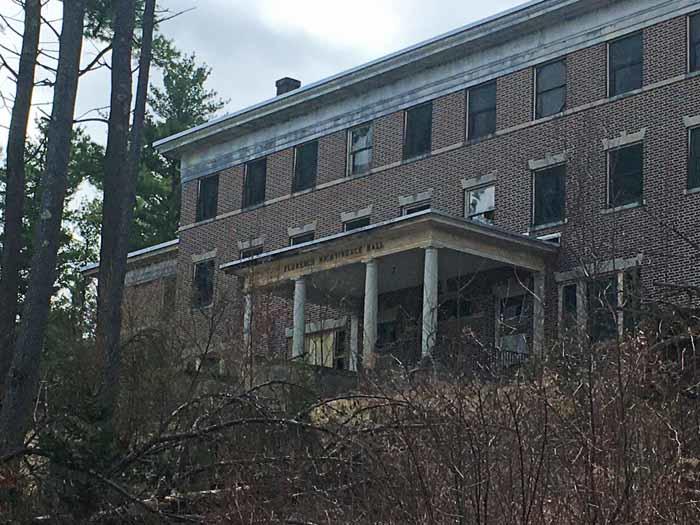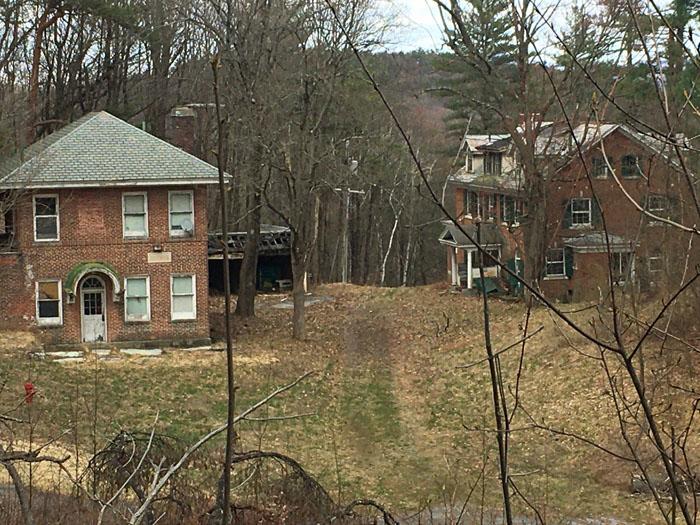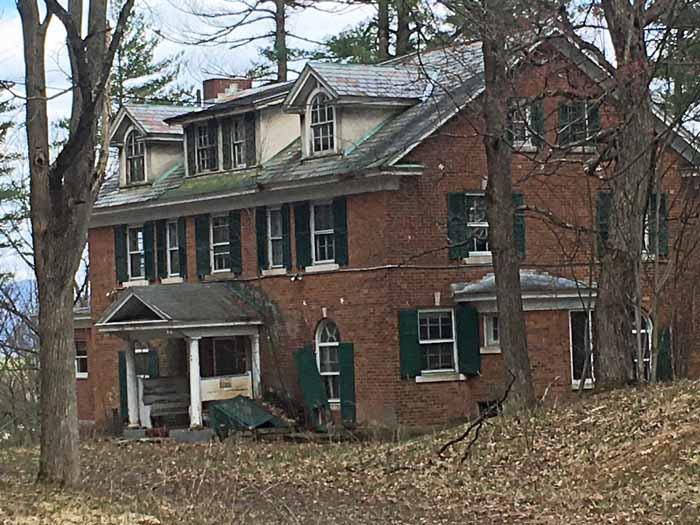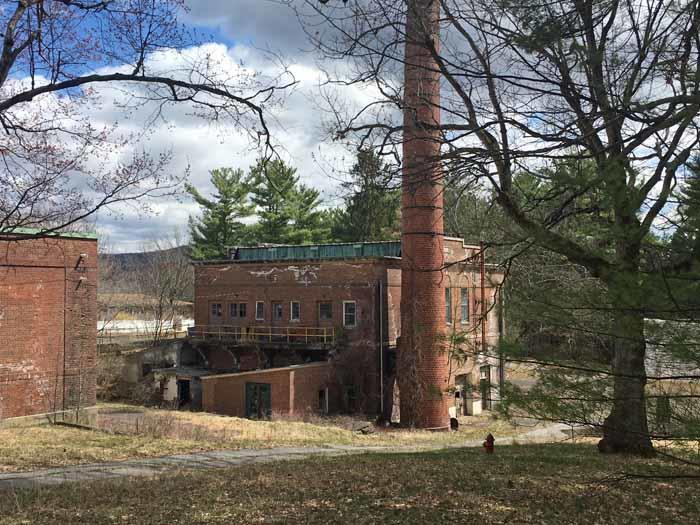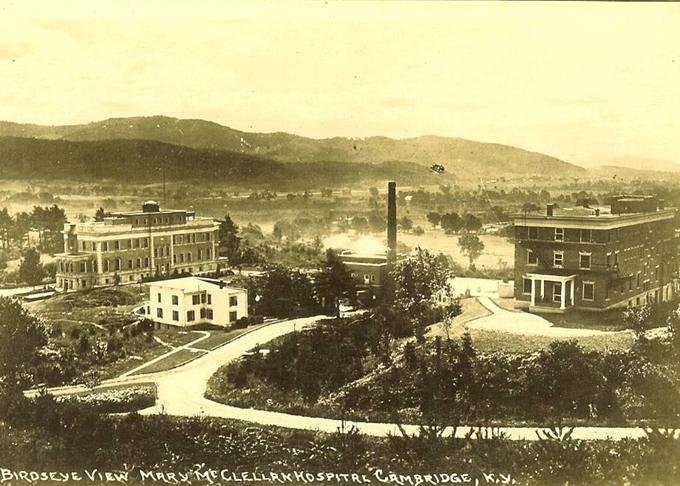Several states have tried to block abortions during the COVID-19 pandemic. Now abortion providers are asking the U.S. Supreme Court to intervene.
Alabama, Ohio, and Texas have declared temporary bans on all or most abortion procedures, justifying this with vague nods toward conserving resources for COVID-19 treatment. Groups in each state have filed federal suits to try to block the restrictions from taking effect. And in all three cases, U.S. district judges ruled at the end of March that they would at least temporarily suspend the bans.
Texas appealed this preliminary injunction against enforcing the ban, and the U.S. Court of Appeals for the 5th Circuit sided with the state. U.S. District Judge Lee Yeakel then narrowed the injunction to say authorities could ban surgical abortion but not the prescribing of abortion pills. On Friday, the 5th Circuit overruled this order too, declaring it fine for Texas to ban abortion as part of COVID-19 social distancing orders except in cases where waiting longer would push a woman past the legal time frame for terminating a pregnancy.
Abortion providers are now asking the U.S. Supreme Court to vacate the 5th Circuit’s decision.
On Saturday, several Texas Planned Parenthood centers and abortion providers filed an emergency petition with the Court. “As a consequence of the [5th Circuit’s ruling], virtually all Texas residents with unplanned pregnancies are unable to access early abortion care through medication abortion and must instead wait until they reach a more advanced stage of pregnancy,” it states.
“Delaying abortions by weeks does nothing to further the State’s interest in combatting COVID-19,” suggested Planned Parenthood et al., “and indeed runs directly contrary to that interest: individuals will require more health care—even in the short-term—if they remain pregnant than if they have a desired abortion, and some will engage in risky, out-of-state travel in an attempt to access earlier abortion services, thus increasing contagion risks in the midst of a pandemic.”
The abortion providers’ appeal was addressed to Justice Samuel Alito, who can now refer the case to other justices or rule on his own.
Meanwhile in Alabama, U.S. District Judge Myron Thompson followed up on his initial temporary block of the state’s abortion restrictions with a Sunday ruling. It concluded that “efforts to combat COVID-19 do not outweigh the lasting harm imposed by the denial of an individual’s right to terminate her pregnancy, by an undue burden or increase in risk on patients imposed by a delayed procedure” or by prosecuting abortion doctors.
In Ohio, a trio of federal appellate judges decided on April 6 to uphold the lower court’s temporary block on abortion ban enforcement. Last Friday, a federal judge extended this block on enforcement for two additional weeks.
from Latest – Reason.com https://ift.tt/2ygWHiD
via IFTTT
